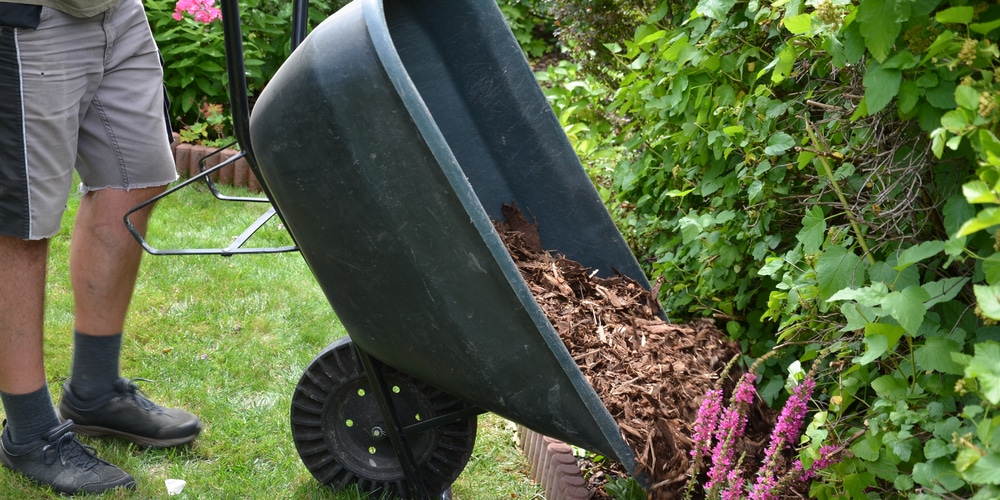Moving outdoor plants inside the house might seem too big a burden. If you have a patio or porch, then you might be tempted to ask, ‘will a covered porch protect plants from frost?’
Putting your plants in a sheltered outdoor location, such as a porch may be a good idea. However, these places can only offer a slight degree of cold protection. That said, you might be better off overwintering your precious plants in a sunroom, garage, or even in the basement with supplemental lighting.
How Much Frost Protection Does a Covered Porch Offer?
A covered porch offers a slight layer of protection against plummeting temperatures come the winter season. The roof and insulating materials serve to keep damaging elements away and preserve heat by bouncing it back to and from the structure.
Porches work better in preventing sunburn and leaf scorch rather than freezing winds and cold weather.
A covered porch will only protect your plants from light frost, which happens when the nighttime temperature reaches 32 degrees F. When the temperature drops below 28 degrees F and stays that way for a few hours then it’s considered a hard freeze.
For plants that can survive a light frost, then a covered porch is usually enough. You’ll want to adjust the level of cold protection per plant species and if they’re growing within their recommended zones. For example, a cold-hardy plant can be left outside while tropical and warm-loving plants should be brought inside.
A porch is not a recommended place to overwinter your plants. The best spots in your house include an enclosed room with a window that gets bright light, the shed or garage, or the basement, provided you have adequate lighting.
How Can You Protect Your Plants From Frost?
The actions you take to protect your plants from winter and freezing temperatures will largely depend on the type of plant you have. That said, it may be better to get an understanding first of how to overwinter the plant species you have so they have a higher chance of making it through the cold.
Generally speaking, there are three ways to protect your plants from frost:
- Transporting them indoors
- Adding mulch
- Covering with protective material
Overwintering
Overwintering is the process of bringing your plants inside the house to keep them safe from frost. If you have a covered porch that’s warmer compared to your yard or outdoor garden, then you can put your plants there. However, if the temperature between the porch and outside is more or less the same then we’d recommend bringing your plants indoors.
Overwintering is usually done before the first day of frost hits and in the evening. Your plants can survive being in the dark for a few days but they’ll be healthier if you move them to a bright window that gets morning light.
Add a Layer of Mulch
Mulch not only preserves moisture and keeps the plant from drying out in the summer heat, but it also serves as an effective insulation material during the winter season.
For plants that can survive light frost in your area then you probably won’t need to dig them up and bring them indoors. Just add around 2 to 4 inches of organic mulch, such as straw, bark, or something similar around the plant you wish to protect so the warmth stays for a longer time.
Once all the risk of frost has passed you can easily remove the layer of mulch. It’s a zero-fuss way of protecting against the cold and yet very effective for so many plant varieties.
Cover and Wrap
Garden beds and plants can be covered using burlap sacks, blankets, or even makeshift ones such as tarp, plastic, or nylon. You can employ rigid structures, such as plastic cans, water jugs, and similar items to protect your plants from frost. For young trees, gardeners usually wrap the trunk with burlap or clothing to keep it safe from freezing temperatures.
Thermal blankets or specially made frost blankets will usually do the trick and keep your plants safe even after a hard frost has passed. Just make sure that all sides cover the ground and are weighed down by heavy stones or bricks.
Related Article: Can You Overwinter Purple Fountain Grass?


